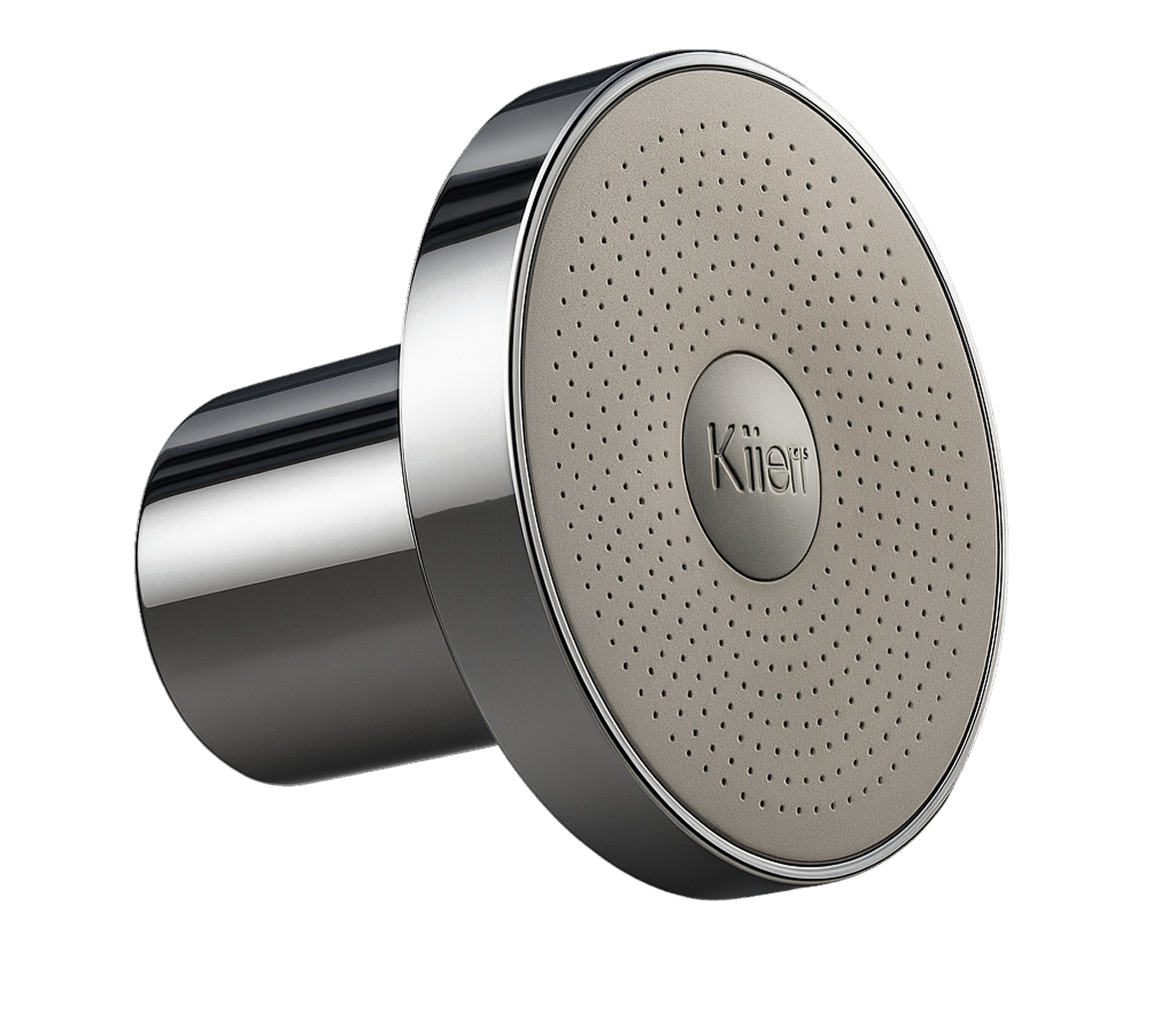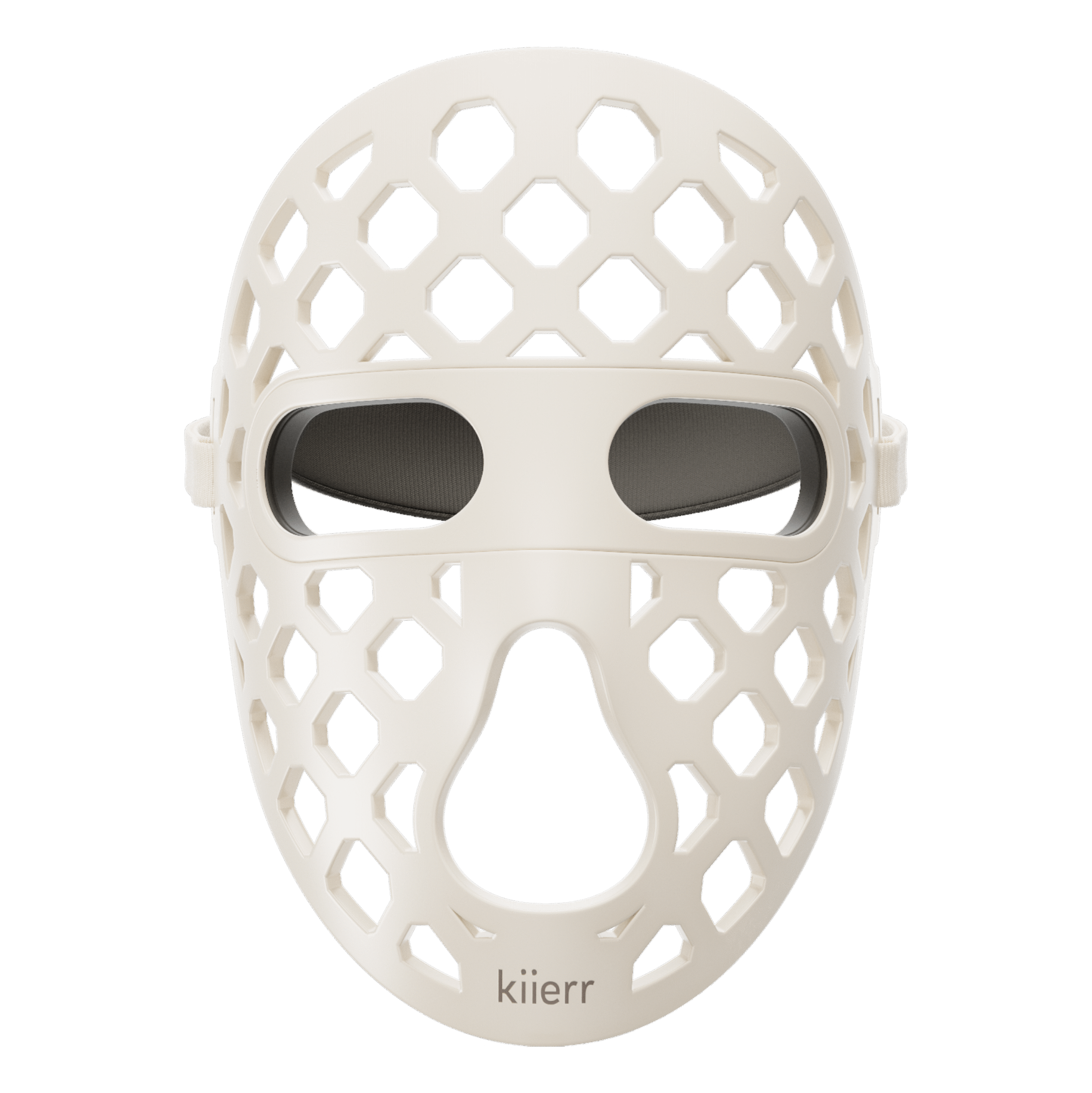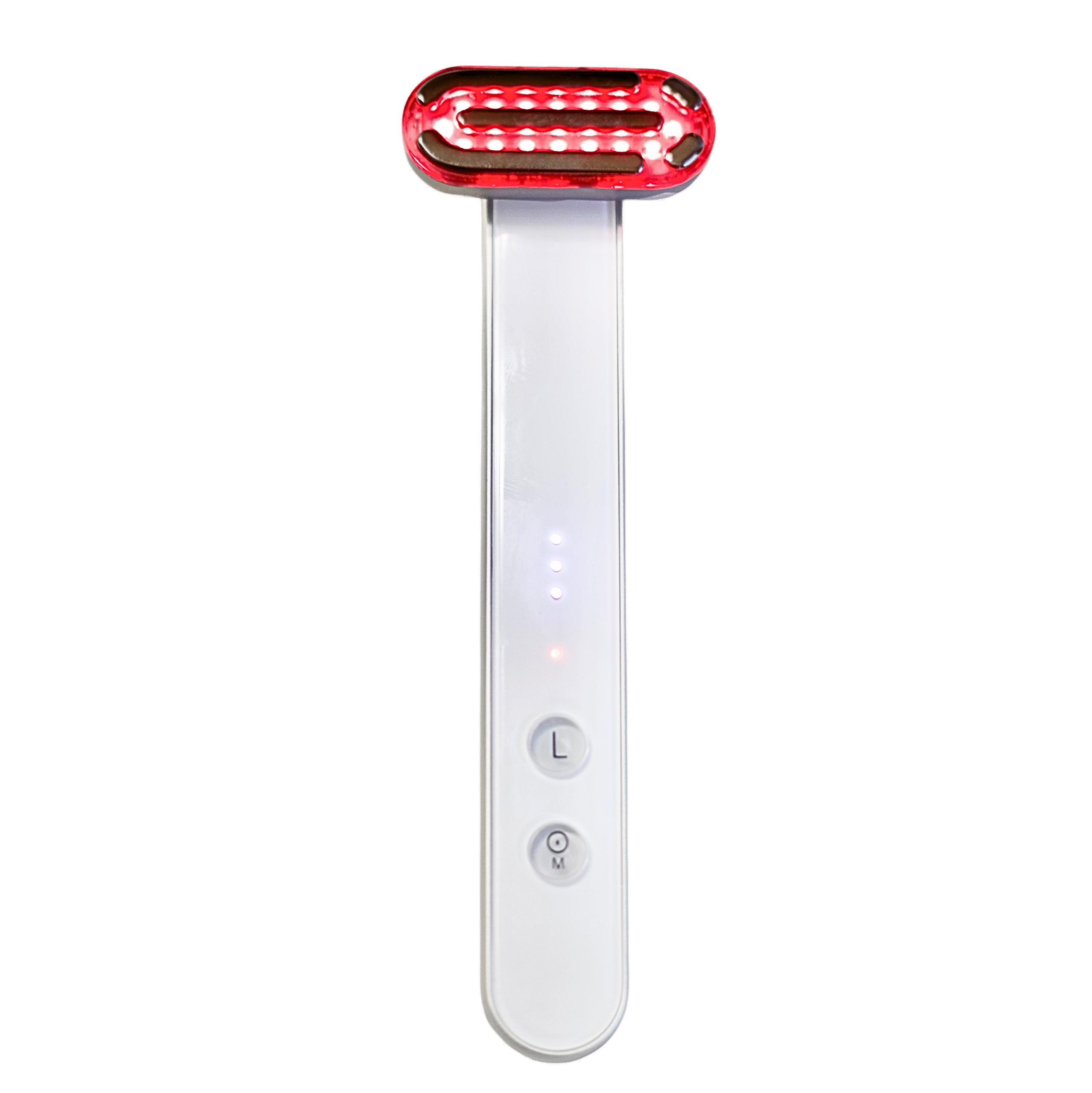Add items to get a Free Gift!
#1 Rated FDA-Cleared hair Loss Treatment
The Science of Hair Loss Through the Decades
Table of Contents
The Science of Hair Loss Through the Decades: Understanding Age-Related Changes
Introduction
Hair loss is a complex biological phenomenon influenced by a range of genetic, hormonal, and environmental factors. Understanding how hair loss evolves with age is crucial for choosing appropriate interventions. As individuals age, their scalp biology, hormone levels, and cellular health shift dramatically. This blog explores the scientific underpinnings of hair loss from the 20s through the 50s and beyond, offering evidence-backed insight into causes and solutions.
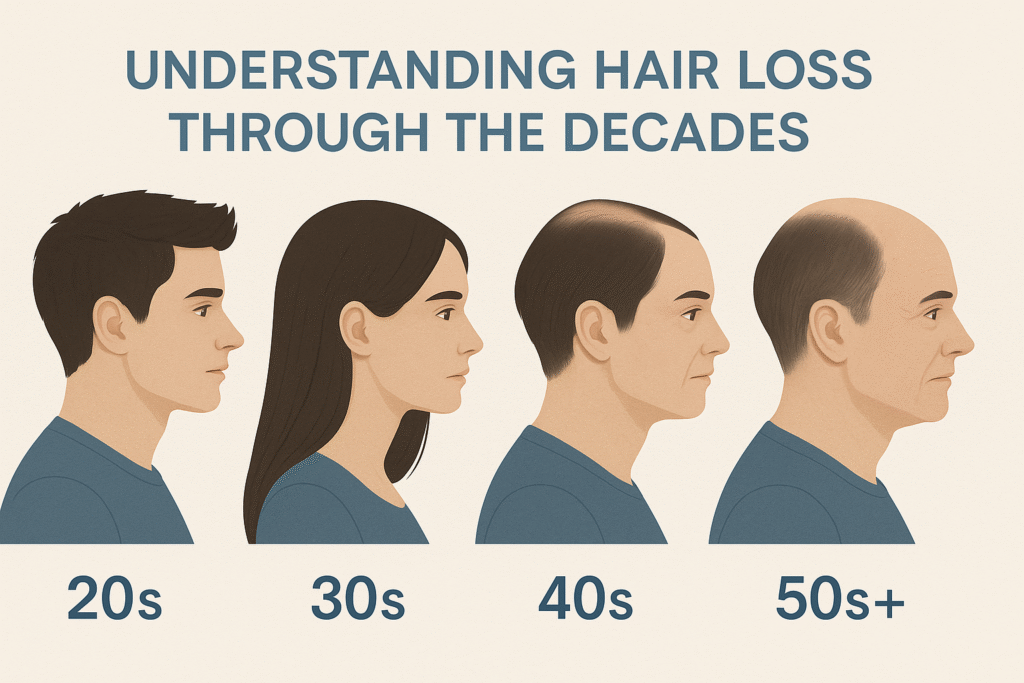
Hair Biology Basics
Hair growth occurs in cycles: anagen (growth), catagen (transition), and telogen (rest). With age, the anagen phase shortens while the telogen phase lengthens, leading to thinner and sparser hair. Follicles also miniaturize over time—a process known as follicular miniaturization—transitioning from thick terminal hairs to fine vellus hairs.
Dihydrotestosterone (DHT), a metabolite of testosterone converted by the enzyme 5-alpha reductase, is a major factor in androgenetic alopecia. DHT binds to androgen receptors in hair follicles, shortening the growth cycle and leading to miniaturization.

Hair Loss in Your 20s
In your 20s, hormone levels are at their peak. For those with genetic predisposition, this is when androgenetic alopecia (male and female pattern hair loss) often begins. The Norwood scale (for men) and Ludwig scale (for women) are used to classify progression.
A study published in the Journal of Investigative Dermatology (2004) found that 16% of men aged 18–29 already exhibit moderate to extensive hair loss. Early intervention is critical, as hair follicles are still viable.
Treatments
Low-level laser therapy (LLLT) with Kiierr’s 272 Premiere Laser Cap can stimulate ATP production in follicular cells, encouraging regrowth. Early use ensures better results due to minimal follicular damage.

Hair Loss in Your 30s
Hormonal Shifts
Subtle changes in testosterone and estrogen begin in the 30s. Pregnancy, childbirth, and birth control changes can lead to telogen effluvium in women. Men may see acceleration in Norwood progression due to cumulative DHT exposure.
Lifestyle Factors
Stress levels tend to increase due to career and family pressures. Elevated cortisol levels are shown to disrupt the hair growth cycle (Archives of Dermatological Research, 2005).
Recommended Interventions
Kiierr Laser therapy is especially beneficial at this stage. Clinical research (Lasers in Surgery and Medicine, 2014) demonstrated significant hair density improvement in participants using 650nm LLLT for 26 weeks.
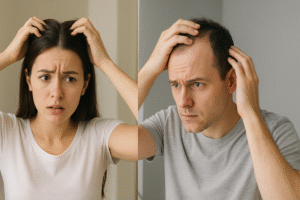
Hair Loss in Your 40s
Biological Mechanisms
This decade marks the onset of perimenopause in women and declining testosterone in men (andropause). These hormonal changes reduce scalp blood flow and compromise follicular nutrition.
Stem cell exhaustion also becomes relevant. Hair follicle stem cells lose regenerative potential with age, as shown in Nature Medicine (2011).
Patterns and Prevalence
By age 40, about 40% of women and 50% of men show visible signs of hair thinning or baldness, according to Dermatologic Clinics (2013).
Treatment Considerations
Alongside LLLT, incorporating nutritional support—like iron, zinc, and biotin—is important. Kiierr’s supplements can be paired with Kiierr laser therapy for synergistic results.

Hair Loss in Your 50s and Beyond
Advanced Aging Effects
Postmenopausal women and older men experience a steep decline in estrogen and testosterone. Estrogen, which protects against DHT, drops significantly, increasing hair loss susceptibility.
Hair follicles enter prolonged telogen phases. Blood vessel density in the scalp also decreases, as noted in a 2017 study published in Experimental Dermatology.
Psychological Impact
A 2018 study in BMC Psychiatry found that hair loss significantly correlates with social anxiety and reduced self-esteem, particularly in women over 50.
Best Practices
While some follicles may be dormant, red light therapy still supports cellular energy and microcirculation. Consistent use of the Kiierr laser cap, even at this stage, can preserve existing hair and stimulate regrowth in partially active follicles.

Red Light Therapy Mechanisms
Photobiomodulation involves red light (650-670nm) penetrating the scalp to stimulate mitochondrial activity, increasing ATP production. This enhances follicle function and reduces inflammation.
Clinical trials (American Journal of Clinical Dermatology, 2017) involving over 100 participants reported a 37% increase in hair count after 16 weeks of LLLT.
FDA-cleared and non-invasive, Kiierr’s laser caps deliver safe and effective treatment for all stages of age-related hair loss.
Conclusion
Hair loss is not a one-size-fits-all issue—it evolves with age, hormones, and lifestyle. With a deep understanding of its biological underpinnings, individuals can make informed decisions. Early intervention with scientifically-backed treatments like Kiierr’s red light therapy can yield long-term benefits.

Jolene Anderson is the proud Co-Founder of Kiierr Hair Growth Experts. She has 11 years experience in natural healing, laser therapy hair loss. She’s a caring mom of 2 and passionate about helping others. Connect with her on LinkedIn: Jolene Anderson – Co-Founder @ Kiierr.com

 LASER CAPS
LASER CAPS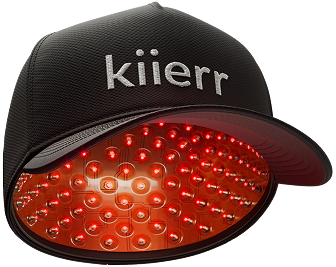

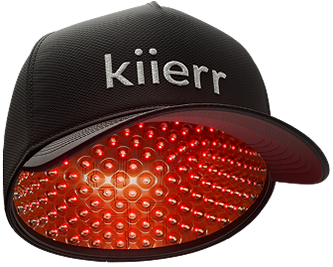

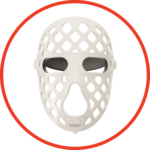 Beauty Products
Beauty Products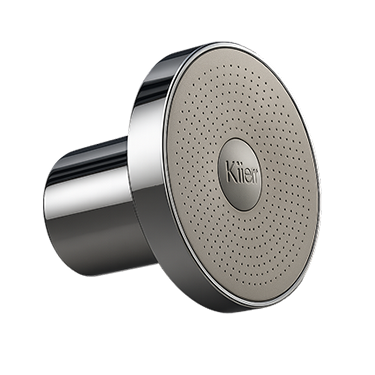


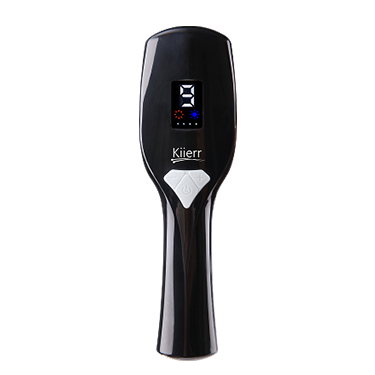
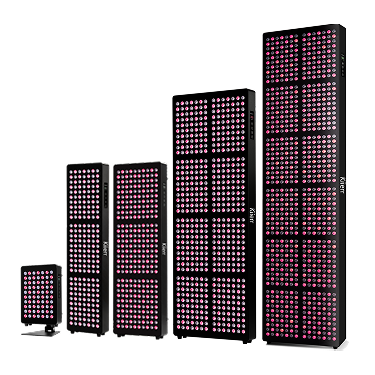
 RESULTS
RESULTS
 Find your device
Find your device
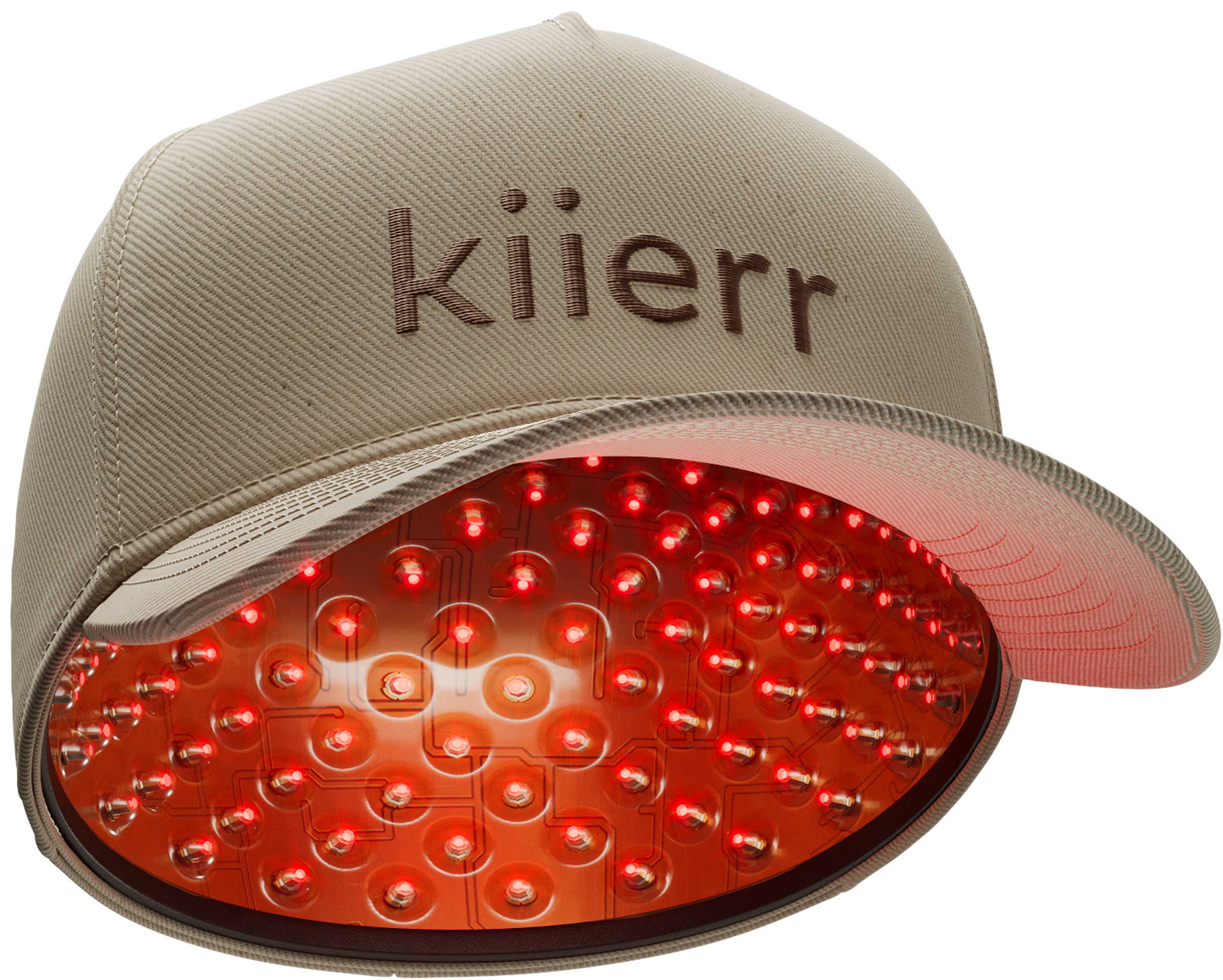
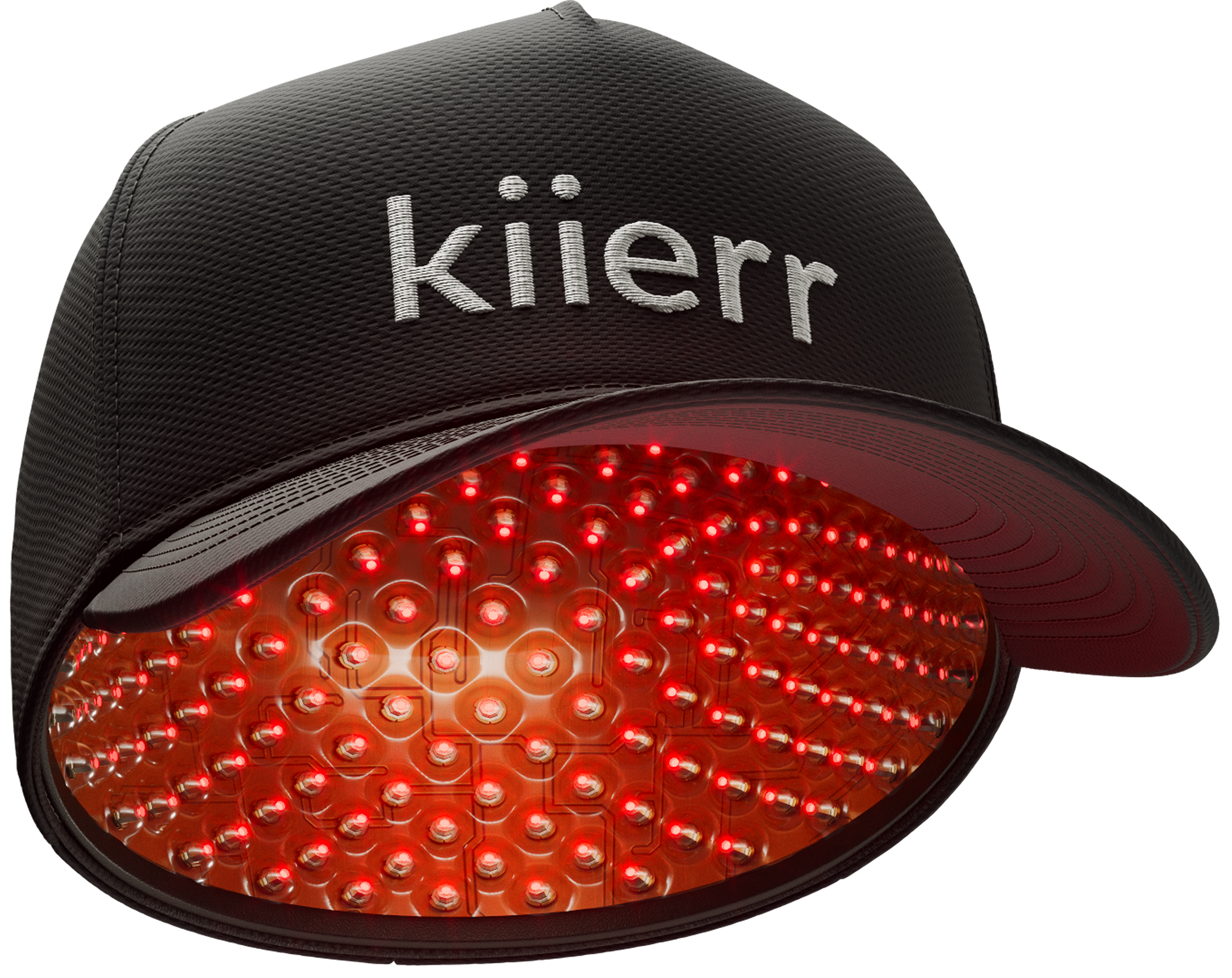

 Learn
Learn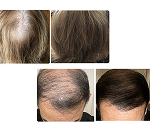 See results
See results SHOP BEAUTY
SHOP BEAUTY